Top 10 Most Aggressive Dog Breeds: Know Which Ones to Approach with Caution!
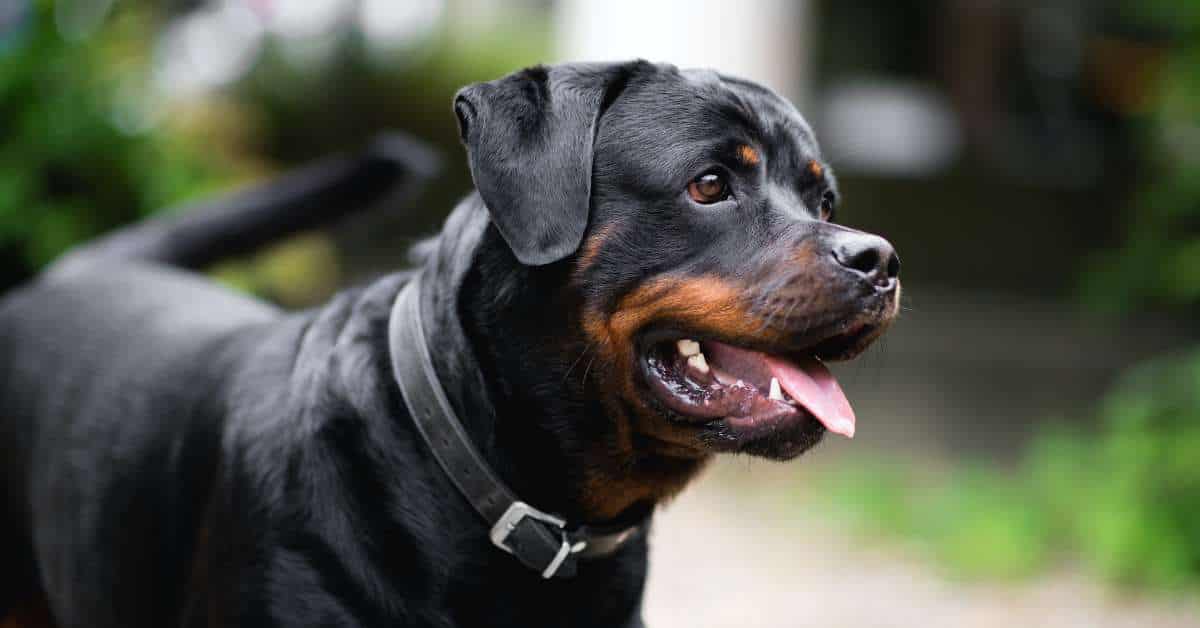
Dogs are widely celebrated for their loyal, friendly, and affectionate traits. However, it’s important to acknowledge that certain breeds have a tendency towards aggression.
Understanding the factors contributing to canine aggression is crucial for responsible dog ownership.
In this article, we will explore the top 10 most aggressive dog breeds around the world. It is essential to note that aggression in all dog breeds is influenced by various factors.
But some dogs are more aggressive than other dogs. Let’s look at some of the most aggressive dog breeds in the world.
What Is Aggression in Dogs?
Aggression in dogs refers to behaviors displayed by a dog that are intended to harm or threaten another individual.
These behaviors can range from growling, snarling, and barking to biting or attacking.
It is vital to differentiate between aggressive behavior and appropriate protective or territorial behavior that dogs exhibit in certain situations.
Science on Aggression of Different Dog Breeds
Research conducted on aggressive dogs provides valuable insights. A study published in the scientific journal Nature indicated that genetic factors play a significant role in determining a dog’s predisposition to aggression.
However, it is essential to note that breed alone does not determine a dog’s behavior. Several factors including environmental and individual factors also contribute to aggressive behavior significantly.
Since these factors can appear in the dog population randomly, no general predisposition to developing aggressive tendencies exists either for mixed-breed dogs or pure-bred ones.
The 10 Most Dangerous Dog Breeds in 2023
1) Jack Russell Terrier
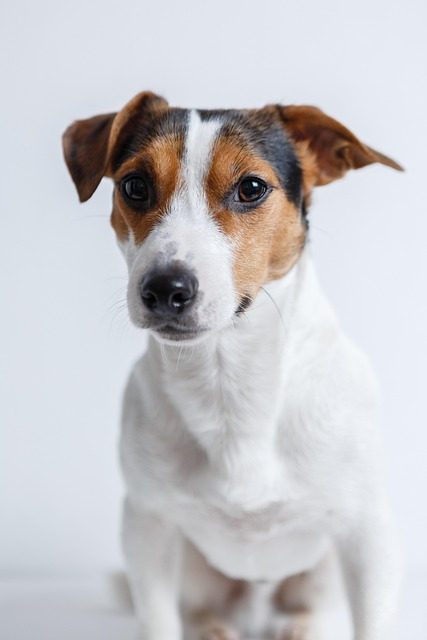
Jack Russell Terriers can exhibit a strong and assertive nature, which may make them unsuitable as first pets for inexperienced owners.
These dogs have a reputation for being prone to aggression, particularly towards other animals or strangers.
Their protective instincts can make them possessive of their owners, leading to potential territorial behavior.
If considering a Jack Russell Terrier, it’s essential to be prepared for the challenges associated with their assertive nature and provide them with the necessary guidance and structure.
2) Rottweiler
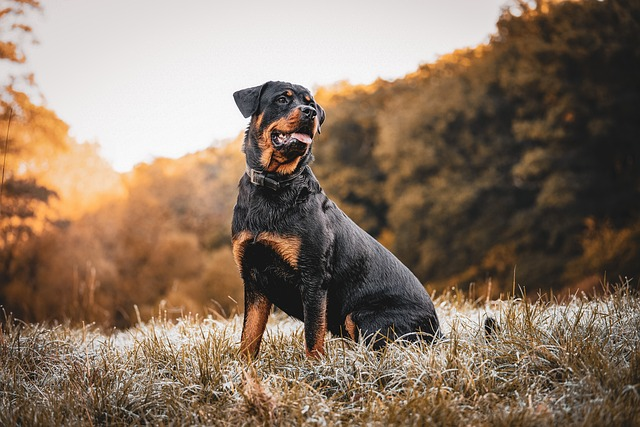
Rottweilers are powerful and protective dogs. If not raised and trained in a loving and structured environment, their territorial instincts can manifest as aggression.
In fact, Rottweilers are one of the most aggressive breeds in the world.
Rottweiler dogs, thanks to their aggressive tendencies, are frequently employed as guard dogs. While they are generally regarded as vicious dogs.
Rottweiler dogs can still prove to be loyal companions if these dogs are trained properly from a young age. Socialization and proper training are also crucial for this breed.
3) Pit Bull
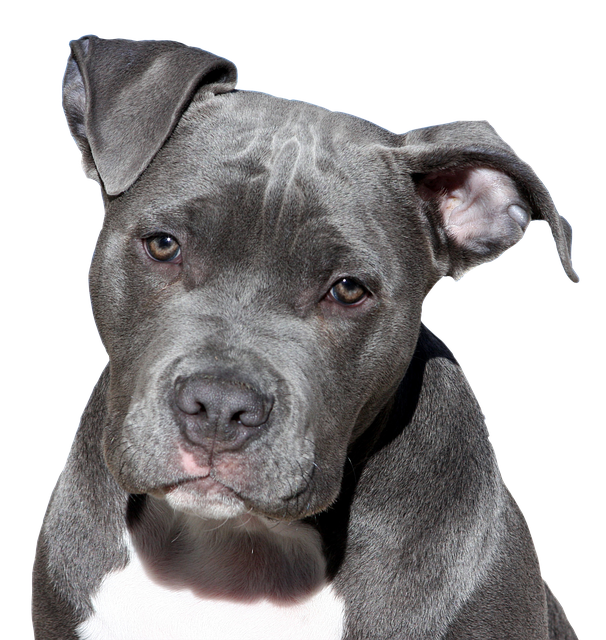
Pit Bulls have faced a significant amount of controversy and scrutiny due to concerns about aggression.
It is important to note that, like any breed, individual temperaments can vary among Pit Bulls. Responsible ownership plays a crucial role in shaping their behavior.
Proper socialization, starting from an early age, is essential to help them develop positive interactions with people, animals, and different environments.
Additionally, consistent and positive training methods are vital to ensure they become well-rounded and obedient companions.
By providing them with a stable and loving home environment, along with the necessary training and socialization, Pit Bulls can thrive and showcase their true potential as friendly, loyal, and affectionate family pets.
It is crucial to remember that stereotypes and generalizations about any breed should be avoided, and each dog should be evaluated based on its individual characteristics and behavior.
4) German Shepherd
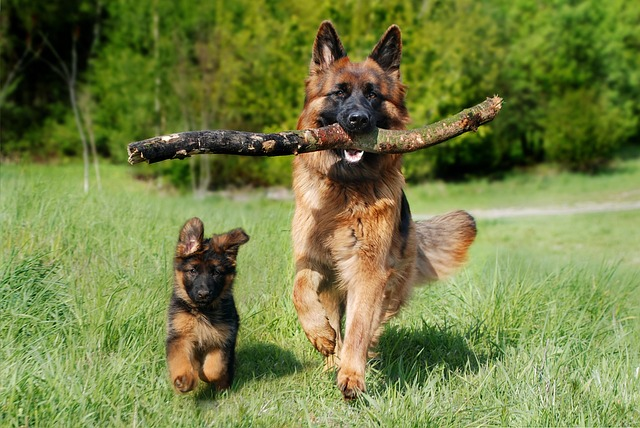
German Shepherds are known for their inherent protective instincts, which can be interpreted as aggressiveness.
While aggression varies among individuals, their natural drive and loyalty make them excellent candidates for police and military work.
German Shepherds are often employed as police and military dogs due to their intelligence, trainability, and ability to handle high-pressure situations.
These dogs excel in tasks such as tracking, search and rescue, and apprehension.
Additionally, their strong guarding instincts make them popular choices for personal protection.
Police officers often appreciate German Shepherds as both working partners and loyal companions due to their unwavering loyalty, dedication, and ability to deter potential threats.
5) Doberman Pinscher
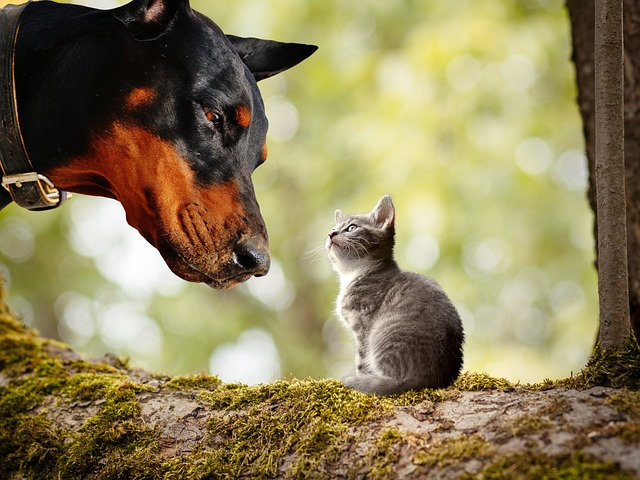
Doberman Pinschers are considered potentially dangerous dogs due to their size and muscular build. With their imposing stature, they can intimidate others.
Their strength and speed make them formidable, and they were originally bred as hunting dogs. Their natural athleticism and agility contribute to their ability to chase and apprehend prey.
It’s important to understand that Doberman Pinschers require experienced handling and a structured environment to ensure they become well-behaved and balanced companions.
6) Dachshund
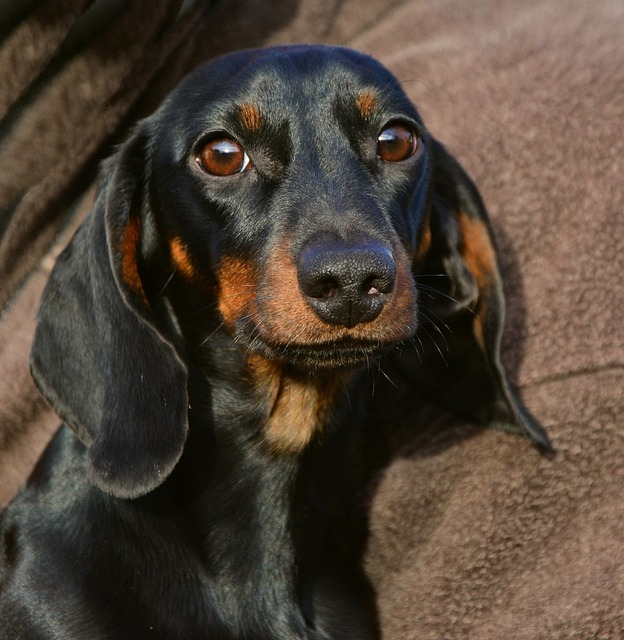
Dachshunds, despite being small dogs, can exhibit aggressive tendencies. It’s important to recognize that any dog, regardless of its size, has the potential for aggression.
Dachshunds have a strong-willed nature and can be territorial, leading to defensive behavior.
Early socialization and proper training are crucial in managing their aggressive tendencies and ensuring they become well-behaved companions.
Responsible ownership, providing a structured environment, and understanding their needs is essential in preventing or addressing any aggressive behavior that may arise in Dachshunds.
7) Siberian Husky
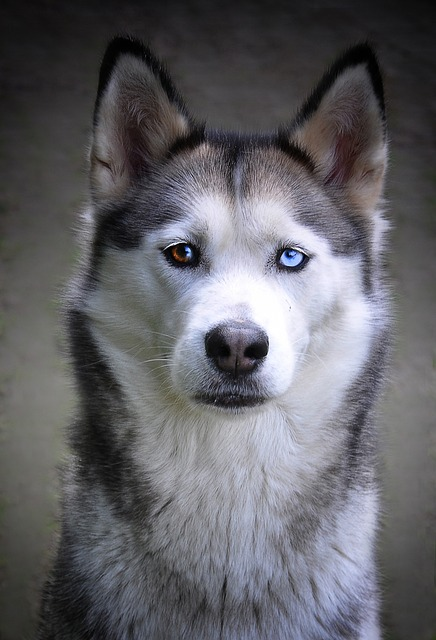
Siberian Huskies possess certain characteristics that can make them challenging for novice pet owners.
While not inherently dangerous, their close genetic link to wild wolves contributes to their high energy levels and independent nature.
Huskies require a substantial amount of exercise and mental stimulation to stay content and prevent behavioral issues that may arise from their natural instincts.
Their boundless energy can make them a handful for inexperienced owners who may struggle to provide the necessary physical and mental outlets.
However, with proper training, socialization, and an understanding of their unique needs, Siberian Huskies can become loyal and affectionate companions for those willing to invest the time and effort they require.
8) Rhodesian Ridgeback
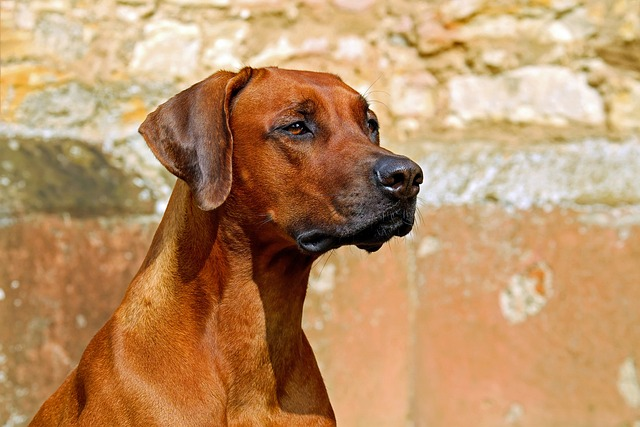
Rhodesian Ridgeback dogs are known for their strong and protective nature.
While they can display aggression, it’s important to understand that this behavior can be managed through proper training and socialization. Like any dog breed, individual temperaments may vary.
Ridgebacks have a history of being bred for hunting and guarding, which may contribute to their assertiveness.
With early socialization and obedience training, their natural protective instincts can be channeled in a positive direction.
Responsible owners should provide a stable and structured environment, along with consistent training methods, to ensure a well-behaved and balanced Ridgeback.
It’s worth noting that aggression in dogs is a complex issue influenced by various factors, and generalizations about any breed should be avoided.
Consulting with professional trainers can be beneficial in addressing and managing any aggressive tendencies in Rhodesian Ridgebacks.
9) Akita Inu
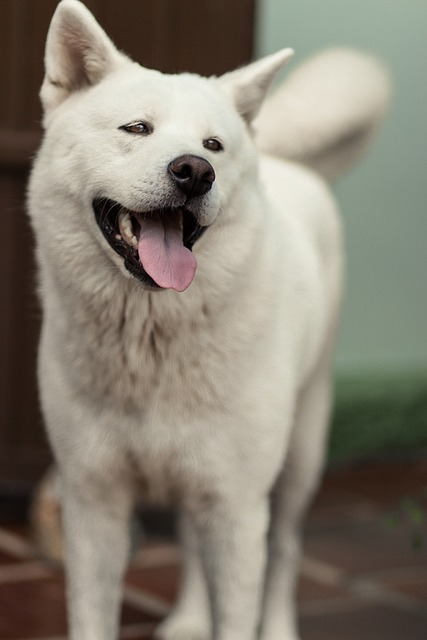
Akita Inus are known for their loyalty and strong guarding instincts. While they can be excellent family pets, they require firm training and socialization to prevent aggression toward strangers or other animals.
Because of its profound protective nature, the Akita Inu dog breed is often employed on guard dog duty.
10) Staffordshire Bull Terriers
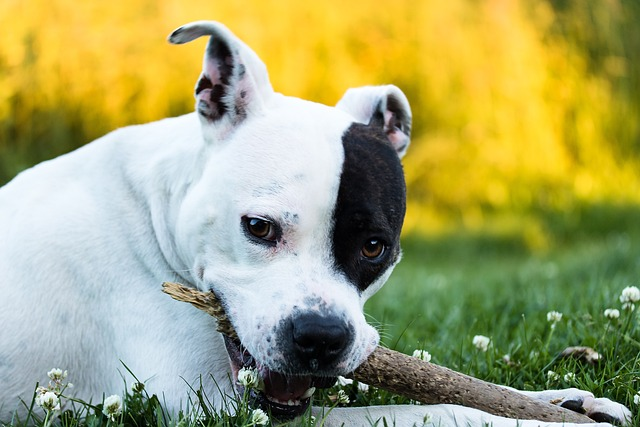
Staffordshire Bull Terriers are known for their spirited nature, and it is important to understand their tendencies toward assertiveness.
However, it is crucial to note that aggression in any dog breed can be effectively managed through responsible ownership.
Providing a loving and structured environment for Staffordshire Bull Terriers is key to their overall behavior.
Early socialization with different people and animals can help them develop positive interactions and reduce the likelihood of aggressive behavior.
Additionally, consistent exercise and mental stimulation can help channel their energy in a positive way.
By understanding the breed’s characteristics and providing appropriate care, Staffordshire Bull Terriers can be loyal, affectionate, and well-adjusted companions.
Common Reasons for Aggressive Behavior in Dogs
While dogs can be extremely loyal, they are always able to act aggressively if stimulated. Some dog breeds can be, however, more dangerous than other dogs.
Some of the most aggressive dog breeds in the world include American pit bull terriers, Siberian huskies, Dobermans, and German shepherds.
Aggressive behavior in dogs can stem from various factors. Some common reasons include lack of socialization, fear, anxiety, inadequate training, medical issues, genetic predisposition, and improper handling.
Dogs can also become aggressive if their territory is challenged or if they are trying to protect someone. Dogs can also become extremely aggressive around unfamiliar dogs.
Aggressive dog behavior can also be a virtue, especially if controlled with proper training.
A common example of such dogs is police dogs. Working dogs, such as military dogs, exhibit protective-aggressive behavior as part of their work life.
Responsible dog ownership entails recognizing and addressing these factors to prevent or manage aggression effectively.
Conclusion
Understanding the potential for aggression in certain dog breeds is crucial for responsible dog ownership. While breed tendencies may exist, individual temperament and environmental factors play significant roles.
Responsible owners should focus on proper socialization, early training, and providing a loving and structured environment to prevent aggression in dogs.
FAQs
What Is the Most Dangerous Dog?
The notion of the most dangerous dog is subjective and depends on various factors. Aggression can be present in any breed, and responsible ownership, training, and socialization are key to preventing aggression in dogs.
What Is Considered the Most Aggressive Dog?
Aggression can manifest differently in different breeds. While some breeds have a reputation for potential aggression, individual temperament, training, and socialization are vital factors that contribute to a dog’s behavior.
Which Dog Has Killed the Most Humans?
Various factors can contribute to fatal dog attacks, including the circumstances surrounding the incidents and the individual dog’s behavior.
It is important to approach statistics with caution and focus on responsible dog ownership to prevent such incidents.
